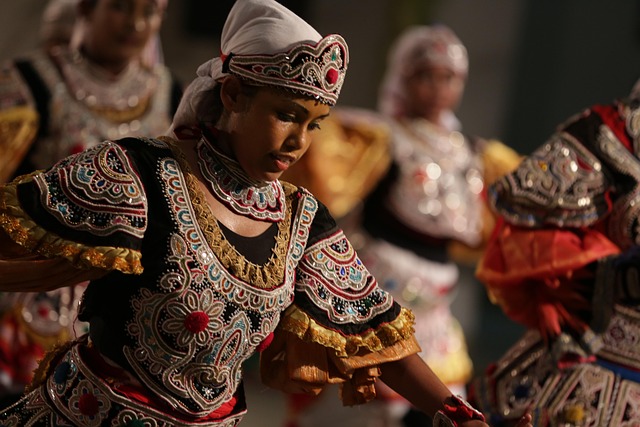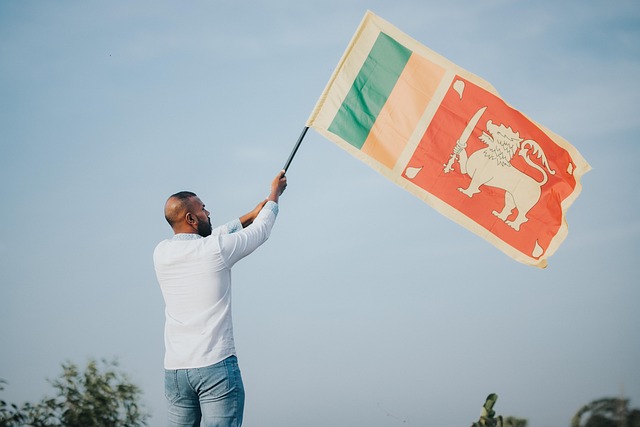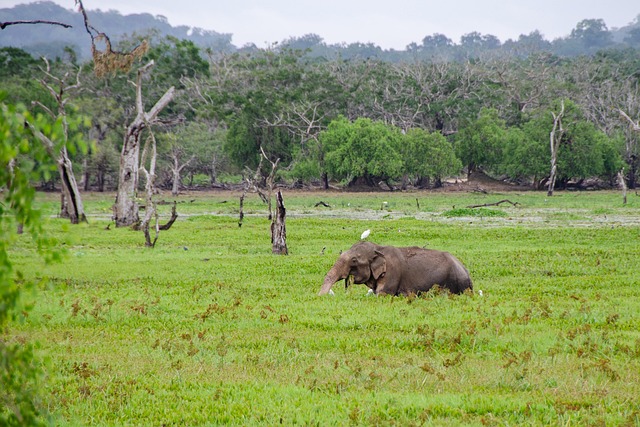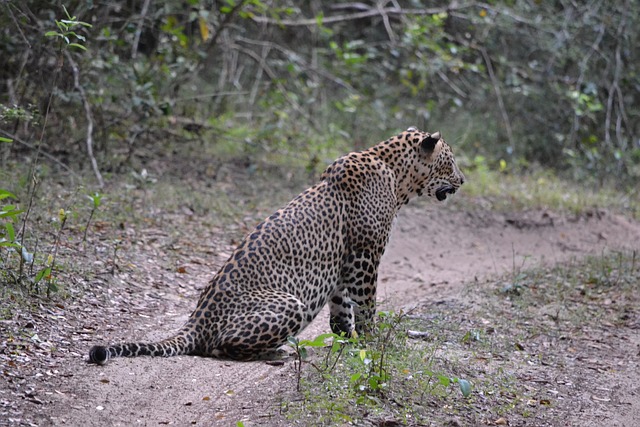Comparing Bangladesh and Sri Lanka's economies reveals contrasting growth stories driven by GDP rates, industry focus, and cultural heritage. Bangladesh excels in manufacturing and recent industrialization, while Sri Lanka relies on tourism and historical attractions. Political systems and press freedom influence investment climates. Social structures differ, impacting economic strategies. Despite challenges like urbanization, both nations adapt with unique approaches to preserve culture while pursuing sustainable development. Bangladesh vs Sri Lanka highlights tailored economic paths for democratic evolution.
In the dynamic landscape of South Asia, understanding economic growth rates is crucial for gauging nations’ progress. This article delves into a comparative analysis between Bangladesh and Sri Lanka, two countries with distinct economic trajectories. We’ll explore key metrics, dissect their individual economic performances, and present a detailed comparison using data-driven insights. By examining Bangladesh vs Sri Lanka, readers will gain valuable insights into the regional economic dynamics and potential growth drivers.
- Understanding Economic Growth Metrics
- Analyzing Bangladesh's Economic Trajectory
- Exploring Sri Lanka's Economic Performance
- Comparative Analysis: Bangladesh vs Sri Lanka
Understanding Economic Growth Metrics

Understanding Economic Growth Metrics when Comparing Bangladesh vs Sri Lanka involves delving into key indicators such as Gross Domestic Product (GDP) growth rates, per capita income, and inflation rates. These metrics provide a snapshot of a country’s economic health and progress over time. When contrasting Bangladesh and Sri Lanka, analysts often examine these factors to gauge which nation is outperforming in terms of economic expansion. For instance, while both countries have shown remarkable growth in recent years, Bangladesh’s GDP growth has tended to be higher, indicating a more robust economy.
Furthermore, examining differences in their political systems and press freedom can offer insights into the economic environments. Bangladesh and Sri Lanka have distinct political landscapes, with varying degrees of censorship and media freedoms. These factors can influence investment climates, business operations, and overall economic dynamism. Additionally, exploring traditional arts and cultural expressions in both nations reveals unique strengths that contribute to their socio-economic textures. For instance, while both countries boast vibrant artistic traditions, Sri Lanka’s tourism sector benefits from its rich cultural heritage, attracting visitors who appreciate its historic sites and lush landscapes. On the other hand, Bangladesh has emerged as a hub for traditional arts, with textile and craft industries contributing significantly to its economy. These distinctions highlight the multifaceted nature of economic growth metrics in Bangladesh vs Sri Lanka, showcasing not only numerical figures but also qualitative aspects that shape each nation’s unique economic narrative. Find us at official languages and linguistic diversity adds another layer to this comparison, as language plays a role in shaping economic strategies and communication within these nations.
Analyzing Bangladesh's Economic Trajectory

Bangladesh’s economic journey over the past few decades has been nothing short of remarkable, especially when compared to its neighbor, Sri Lanka. In terms of bangladesh vs sri lanka economic growth rates, Bangladesh has experienced substantial progress. Its GDP growth rate has consistently outperformed Sri Lanka’s, driven by a robust services sector and significant investments in infrastructure. The country’s young and growing population, along with population growth rates and distribution patterns, offers both challenges and opportunities for future development.
A comparative analysis of industrial growth sectors reveals diverse strengths in Bangladesh. While manufacturing and textile industries have boomed, agriculture remains a cornerstone of its economy, showcasing farming techniques and crop yields differences. In contrast, Sri Lanka has traditionally relied more on tourism and a well-established agricultural sector. The find us at bangladesh vs sri lanka landscape differences are evident in their economic strategies, with Bangladesh embracing industrialization and technological advancements, whereas Sri Lanka continues to foster its natural resources and cultural heritage for economic gains.
Exploring Sri Lanka's Economic Performance

When comparing Bangladesh vs Sri Lanka’s economic performance, it’s crucial to examine their growth trajectories over time. Sri Lanka has historically exhibited more stable and robust economic growth rates, driven by sectors like tourism with its abundant attractions and cultural heritage sites, and a strong focus on traditional arts. These factors have contributed to a higher per capita income compared to Bangladesh. However, the latter has experienced significant momentum in recent years due to industrialization and advancements in agricultural technology, diversifying its economy beyond garment manufacturing and remittances.
The social structures within Bangladeshi and Srilankan communities also play a role. Sri Lanka’s society is known for its strong community bonds and cultural continuity, which have fostered a resilient economic environment. Bangladesh, on the other hand, has navigated rapid urbanization and demographic changes, presenting unique opportunities and challenges that impact its economic growth dynamics. As you explore these nations, visiting us at attractions and cultural heritage sites in Bangladesh & Sri Lanka offers insights into their distinct social fabric and the traditional arts that thrive within each country.
Comparative Analysis: Bangladesh vs Sri Lanka

In comparing Bangladesh vs Sri Lanka, several key factors distinguish their economic growth trajectories. While both nations have made significant strides in recent years, their paths deviate in critical areas. Bangladesh, with its burgeoning population and rapid industrialization, has focused on infrastructure development and export-driven growth, particularly in sectors like textile manufacturing. This strategy has lifted millions out of poverty but also led to concerns about environmental sustainability and worker rights. On the other hand, Sri Lanka, boasting a diverse economy encompassing agriculture, tourism, and services, has prioritized eco-tourism promotion strategies to enhance its natural beauty and cultural heritage. This approach aims to balance economic growth with environmental conservation.
The nations differ markedly in access and quality differences in education systems and cultural ethnic groups, which influence their social dynamics and policy decisions. Bangladesh’s demographic dividend, coupled with a growing urban population, presents opportunities for innovation but also challenges in public service delivery. Sri Lanka, with its stable political environment, has implemented strategic initiatives to attract foreign investment while preserving its rich cultural identity. Despite these divergences, both countries face common economic evolution and challenges, underscoring the need for continuous adaptation and innovation to ensure sustainable development. Give us a call at democratic evolution and challenges in both countries’ economies to explore tailored solutions.
When comparing Bangladesh vs Sri Lanka in terms of economic growth rates, both nations have shown significant progress. Bangladesh’s rapid development, characterized by robust infrastructure and a thriving manufacturing sector, stands in contrast to Sri Lanka’s focus on tourism and service industries. While Sri Lanka enjoys higher per capita income, Bangladesh’s population advantage and strategic investments drive its impressive GDP growth. This Bangladesh vs Sri Lanka comparison highlights the diverse paths to economic prosperity, demonstrating that each country’s unique strategies contribute to their respective success stories.
